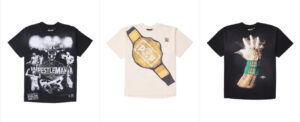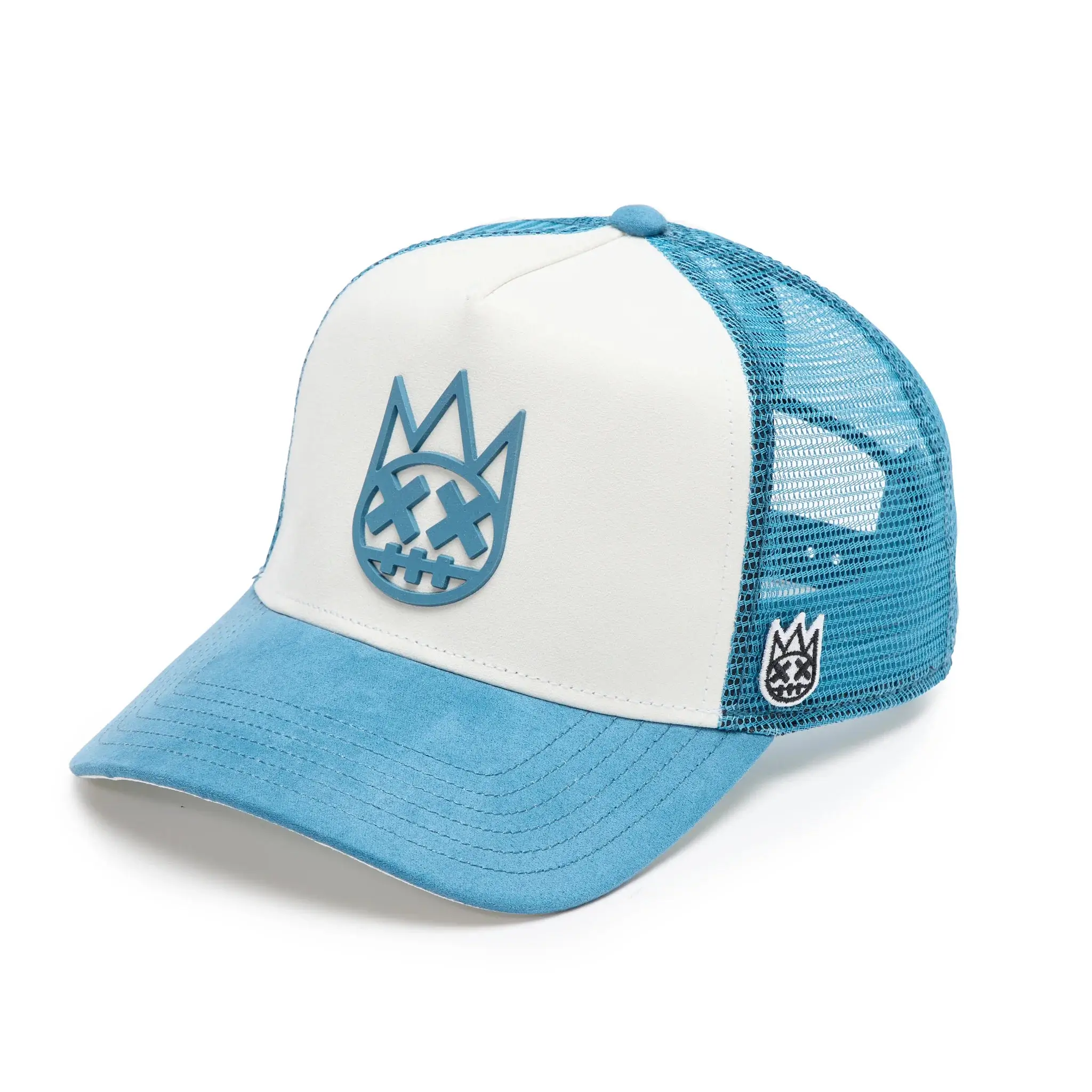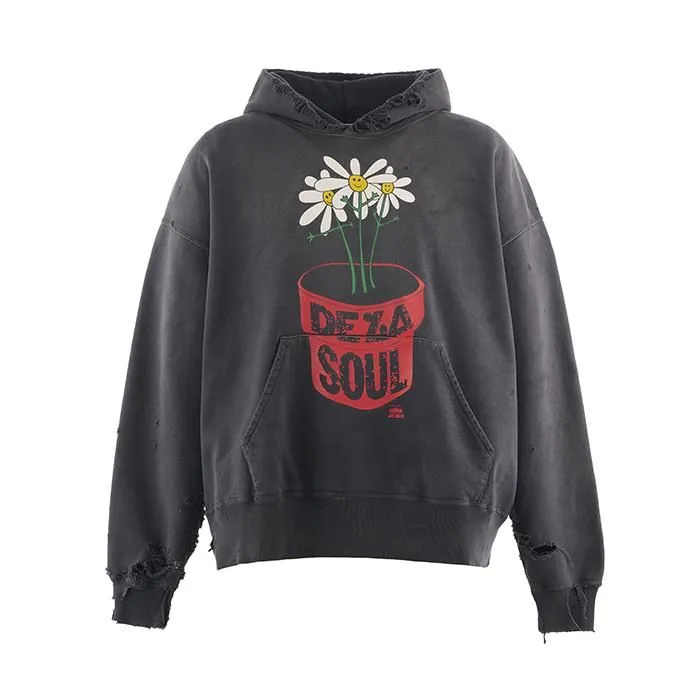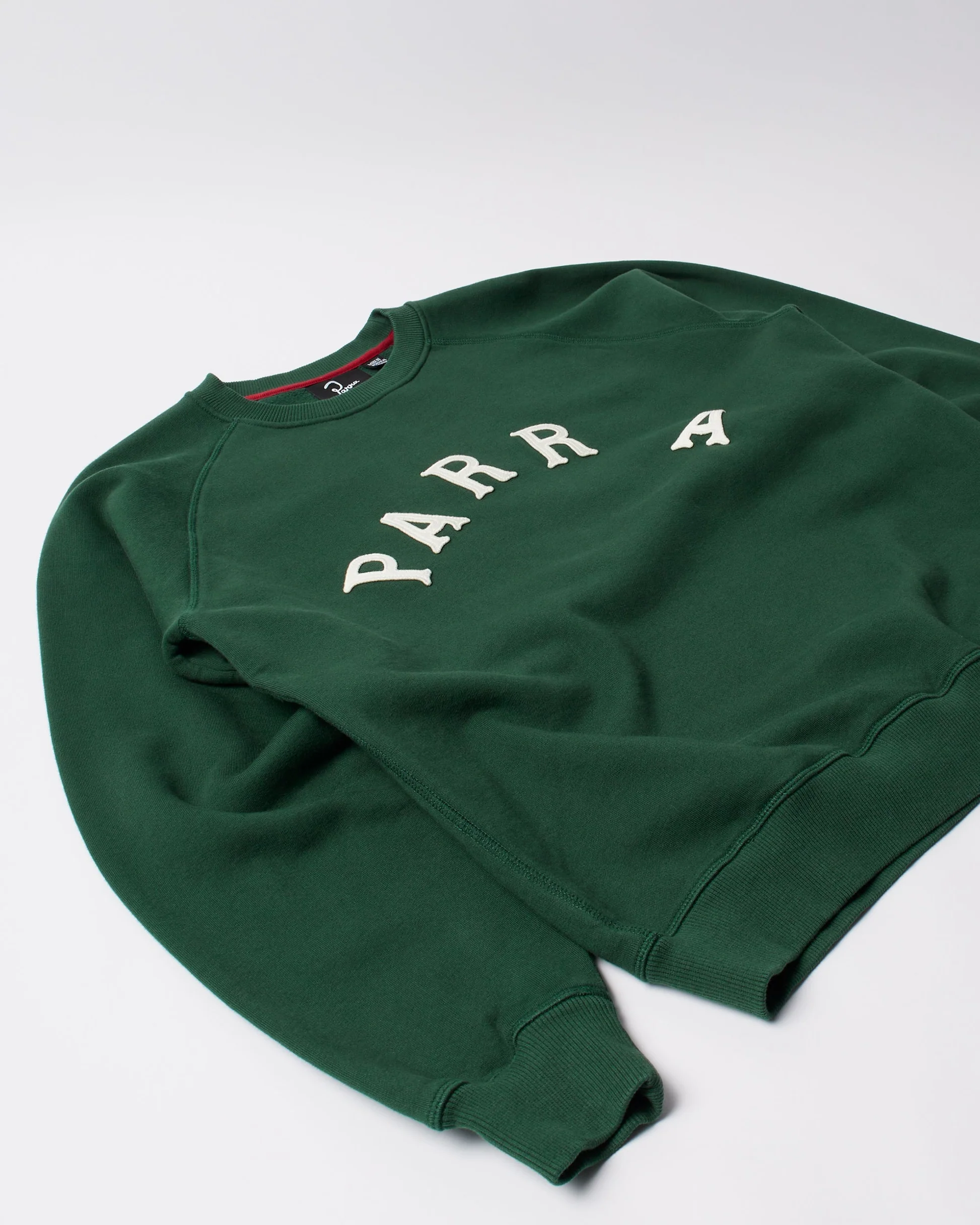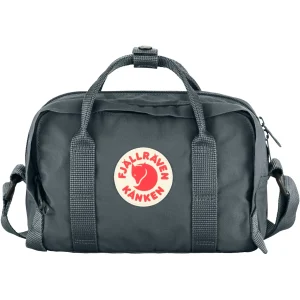
On April 25, 2025, at exactly 1PM EST, something wildly unexpected detonates at the intersection of fashion and wrestling. It’s not a gimmick or a publicity stunt—it’s a cultural crossover no one saw coming and yet, in hindsight, feels inevitable. Hellstar, the sinister streetwear label revered by rap’s avant-garde and feared by mall-core minimalists, is officially partnering with World Wrestling Entertainment. Together, they’re launching a capsule that blends high fashion with body slams, bloodlust, and bad behavior. This isn’t merch—it’s a statement.
The Hellstar x WWE collaboration represents the most aggressive intersection of underground fashion and mainstream sports entertainment in decades. Leaked details and campaign teasers confirm that this is far more than a logo swap. The collection is visceral, loaded with occult imagery, physical subversion, and tongue-in-cheek brutality. At the center of it is a singular visual language that fuses Hellstar’s gritty, horror-punk edge with WWE’s Attitude Era bombast.
The centerpiece of the collection, already viral across streetwear accounts and wrestling forums alike, is a limited-run wrestling singlet modeled by Finn Bálor—known for his “Demon King” persona in WWE lore. This piece isn’t for the faint of fashion: Baphomet embroidery, torn fishnet sleeves, and “I ♥️ VIOLENCE” scrawled across the back in blood-red graffiti font. It’s packaged in a velvet-lined box, with an actual printed disclaimer: “Wearing this garment may cause conflict.”
The full collection includes a distressed heavyweight hoodie warped with a pentagram-shaped reinterpretation of the WWE logo; bleached denim stitched with authentic wrestling rope down the seams; razor-soled wrestling boots dubbed the “Piledrivers”; and, in an apex of absurdity-meets-luxury, a 24-karat gold championship belt reimagined with blood-hued gemstones and Hellstar’s thorned skull in place of WWE’s “W.” Only ten belts will be made. They retail for $5,000 each—and all are expected to sell out within minutes.
Prices for the collection range from $120 for graphic tees to several thousand dollars for accessories and footwear. Most pieces are strictly limited in edition: only 150 “Chokehold” jeans will exist, 100 pairs of boots, and just 66 singlets—because of course Hellstar would go full occult and lean into the symbolism.
But why now? Why this collaboration? The answer lies in a shared trajectory between two institutions that, on paper, couldn’t be more different. WWE, once the poster child for Americana family entertainment, has shifted significantly under the creative direction of Triple H. While still dominant in global sports entertainment, WWE has lost Gen Z mindshare to UFC, gaming, and decentralized digital culture. In response, it’s gone full throttle into crossover territory: Logan Paul’s Prime partnership, Bad Bunny’s multi-show run, and even a 2023 collaboration with Louis Vuitton. But Hellstar is different. It’s not a co-sign; it’s a collision.
Hellstar, founded in obscurity but now part of the fashion underground’s inner circle, has built its entire ethos around subversion. While many streetwear brands have cleaned up their act for mass-market appeal, Hellstar has leaned further into chaos. Their runway shows—if you can call them that—are staged in parking lots and slaughterhouses, with models drenched in stage blood. Their prints reference Biblical horror and industrial apocalypse. They’ve worked with Yeat, Destroy Lonely, and Travis Scott, but rarely release anything on schedule. Collaborating with WWE allows them to keep their rebel DNA intact while reaching a far larger audience.
The brand’s creative director told select press under anonymity that this collaboration is about “weaponizing nostalgia.” For many, the Attitude Era of WWE in the late ’90s and early 2000s wasn’t just entertainment—it was formative chaos. Bloodied faces, trash-talk, antiheroes, and pyro. Hellstar taps into that iconography, but recontextualizes it through the lens of modern rebellion, counterculture fashion, and the absurdity of monetized spectacle.
Three WWE superstars anchor the campaign, and their alignment with Hellstar feels almost prophetic. Finn Bálor, long admired for his theatrical ring entrances and gothic aesthetics, is the perfect avatar for the collaboration. His “Demon King” look often includes full-body paint, spiked armor, and snarling masks—all of which visually harmonize with Hellstar’s obsession with fear and mythology. Then there’s Rhea Ripley, the breakout star whose goth-punk energy has already captivated wrestling fans and fashion heads alike. Rumor has it she’ll debut a custom Hellstar trench coat—stitched with industrial hardware and dyed in a black-on-red ombré—at Backlash France. Rounding out the trio is LA Knight, the megastar whose meme-worthy charisma and ironic one-liners have made him a cult internet sensation. His “YEAH!” catchphrase now adorns a glow-in-the-dark Hellstar snapback priced at $250.
As for the launch itself, Hellstar and WWE have opted to bypass traditional retail channels in favor of something theatrical—and appropriately morbid. From April 25–27, a three-day pop-up will take place not in Soho or Melrose but inside the Eastern State Penitentiary in Philadelphia. A real, decommissioned prison, the site sets the tone for a drop rooted in aggression and absurdity. Visitors will enter through cell blocks, try on items inside steel-cage fitting rooms, and experience impromptu indie wrestling matches from rising stars outfitted in Hellstar prototypes.
There’s even a full-scale red-splattered wrestling ring set up for photo ops, Instagram bait, and possibly a live streamed brawl on the final day. Attendees are encouraged to wear black, bring their own belts, and expect nothing less than chaos. It’s RSVP-only—but in true Hellstar form, the brand welcomes gatecrashers. “No rules. No script. Just pain and product,” the event invite reads.
The collaboration isn’t just about a few hoodies and an edgy video clip. It speaks to the larger shift happening across fashion and entertainment. As brand loyalty becomes more about aesthetic worldbuilding than functional identity, collabs like Hellstar x WWE aren’t just capsule collections—they’re immersive universes. The implications are vast.
Sports-fashion crossovers are nothing new. NBA x Supreme. Nike x Off-White. Adidas x Ivy Park. But those collaborations often lean into clean visuals, nostalgia, and global luxury. Hellstar and WWE’s link-up drags the format into darker terrain—grime, blood, and bone. It dares to ask: What if fashion didn’t sanitize sports but amplified its savagery?
For WWE, the impact is strategic. Gen Z isn’t watching Monday Night Raw on cable, but they are buying $400 drops, filming unboxings on TikTok, and analyzing branding in Discord servers. This collaboration is WWE’s Trojan horse. It gives them an authentic entry point into youth fashion while positioning its talent as avatars of the culture, not just entertainers.
For Hellstar, it’s proof that a brand can grow without compromise. After years of eschewing mainstream endorsement, they’ve now made a massive leap without softening their voice. In fact, they’ve doubled down. If successful, insiders believe this is just the beginning. Already in early talks: Hellstar x UFC, Hellstar x Formula One, and a rumored docuseries pitched to Netflix tentatively titled “The Beautiful Brawl,” chronicling the making of this collab from ring to runway.
The campaign, shot entirely on 16mm film in gritty East Coast locales, debuts April 23 via WWE’s official Instagram, followed by content drops on Hellstar’s site and Discord community. Previews show flashes of broken glass, blood bags, and neon crucifixes—interspersed with quotes from Nietzsche and Jim Ross commentary.
No detail has been spared in turning this collection into a myth. Even the promo packaging comes printed with faux legal disclaimers, and several pieces feature invisible ink tags that only show under blacklight. It’s overdesigned and over the top—precisely what makes it irresistible.
When the clock strikes 1PM EST on April 25, the site will go live, the penitentiary doors will creak open, and the most unholy partnership in recent fashion memory will be unleashed. Whether you’re a lifelong wrestling fan or just a streetwear savant looking to cop something no one else has the guts to wear, Hellstar x WWE is making one thing clear: the runway is now a battleground.
There will be those who scoff. Those who say this is performative, that it’s all marketing. And maybe it is. But in a cultural landscape choking on sameness, where every drop feels templated and every campaign runs on autopilot, there’s something undeniably thrilling about a collaboration that makes you feel something—even if what you’re feeling is slightly unhinged.
Hellstar x WWE isn’t about chasing cool. It’s about redefining what fashion spectacle looks like in 2025. It’s about making people flinch. About taking an elbow drop to the conventions of what streetwear is supposed to be. The belt, the hoodie, the pentagram-stamped logos—they’re symbols of a shift already underway.
When the dust clears from this collision, one thing will be obvious: this wasn’t a gimmick. It was a generational pivot. And in the end, whether you’re in the ring, in the stands, or online trying to grab a pair of razor-soled boots, you’ll know exactly what hit you.
No comments yet.


